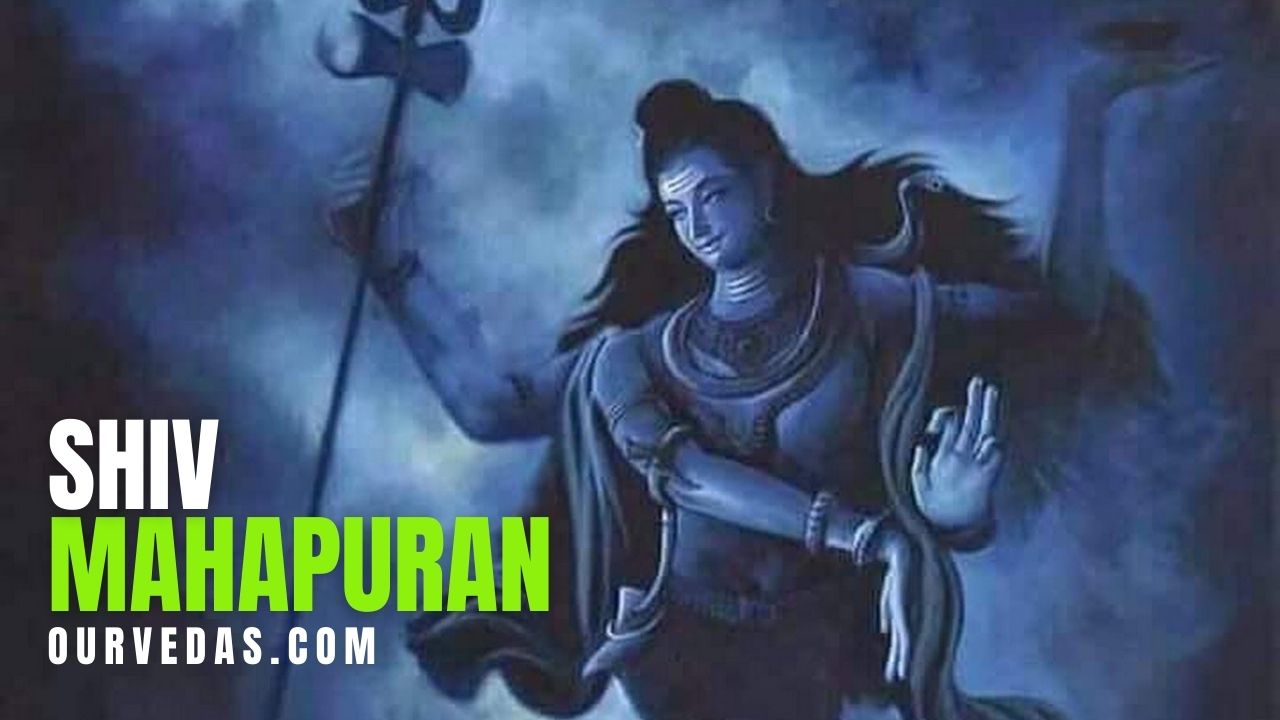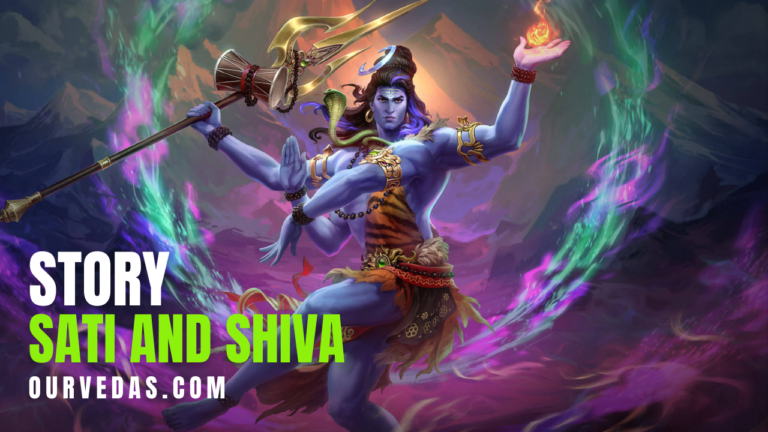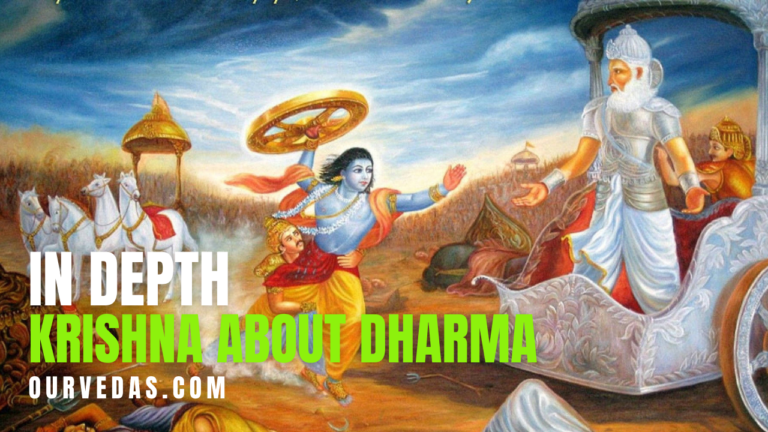What is Shiv Mahapuran?
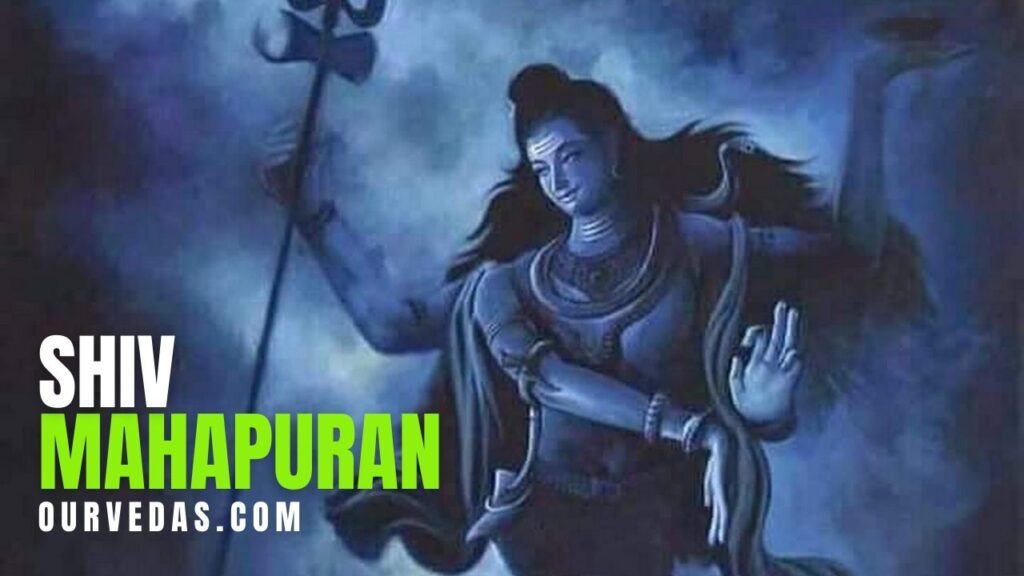
The Shiv Mahapuran is an important book of Hindu sacred literature. It is one of the 18 Mahapurans. It represents a main thread of Hinduism: Shaivism. Shaivism is one of the most influential branches within Hinduism that worships Shiva as the supreme deity. The Shiv Mahapuran was originally written in Sanskrit. It is much more than a book of religious scripture. It is a rich blend of mythology, philosophical and spiritual teaching that reveals the culture and belief systems of ancient India.
The Shiv Mahapuran contains many stories, hymns, and philosophical discussions, all of which are organized in a similar way to other Puranic texts. Shiv mahapuran is divided into twelve books, each of which discusses different aspects of the life of Lord Shiva. This text serves as a guide for devotees and provides cultural and historical context of Hinduism.
Among such significant stories include Shiva’s cosmic dance, the legends of his incarnations, his relationships with Parvati and his children, Ganesha and Kartikeya, as well as with other divine beings. The text vividly explains the importance of rituals, pilgrimages, and the nature of devotion, outlining Shiva as creator, protector, and destroyer.
Apart from being a wonderful tale of adventure and mythology, the Shiv Mahapuran presents great philosophical truths to humanity. The nature of reality and time is considered along with creation and destruction in a cyclic model.
It clearly stresses the importance of devotion (bhakti) towards Shiva, which portrays that true devotion leads to oneness with God. It appeals to the hearts of the people and inspires them for worship, and meditation.
Benefits of Shiv Mahapuran
One of the key benefits is that it is a spiritual guide. It opens up the philosophical thinking of Lord Shiva in relation to virtues such as kindness, detachment, and humility. By studying the words within the Puran, its readers are led to a sense of enlightenment toward life and the universe. Hence, the individual feels contentful and peaceful. Verses from this book are also believed to give blessings, to ward off evil from the mind, and to strengthen spiritual growth.
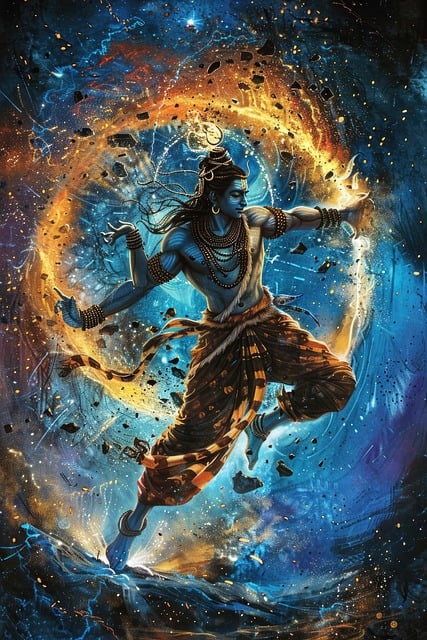
The Shiv Mahapuran also plays a vital role in enriching cultural identity. Festivals like Maha Shivaratri, based on the stories and morals of the Puran, are essential communal celebrations that strengthen bonds among people. These events create a sense of belonging and continuity within communities while educating younger generations about their heritage.
Arts also portray the impact of Shiv Puran in terms of music, dance, and literature. Several artists and performers get inspiration from the rich stories presented in the text and help preserve these traditions as well as present them in front of the public.
In summary, the Shiv Puran is quite a versatile material for personal development and communal unity. By reading Shiv Mahapuran, one is encouraged to follow higher values as well as tradition.
Important lessons in Shiv Mahapuran
Shiv Mahapuran teaches the concept of bhakti, or devotion. The text explains how surrendering to Lord Shiva can lead one to spiritual liberation. It encourages people to build a personal connection with the diety. Lord Shiva is very merciful. Infact, he is also known as ‘Bhola’ which means he gets easily pleased by his devotees. Therefore, the heartfelt prayers and genuine intentions of the devotees can bring transformative changes in their lives.
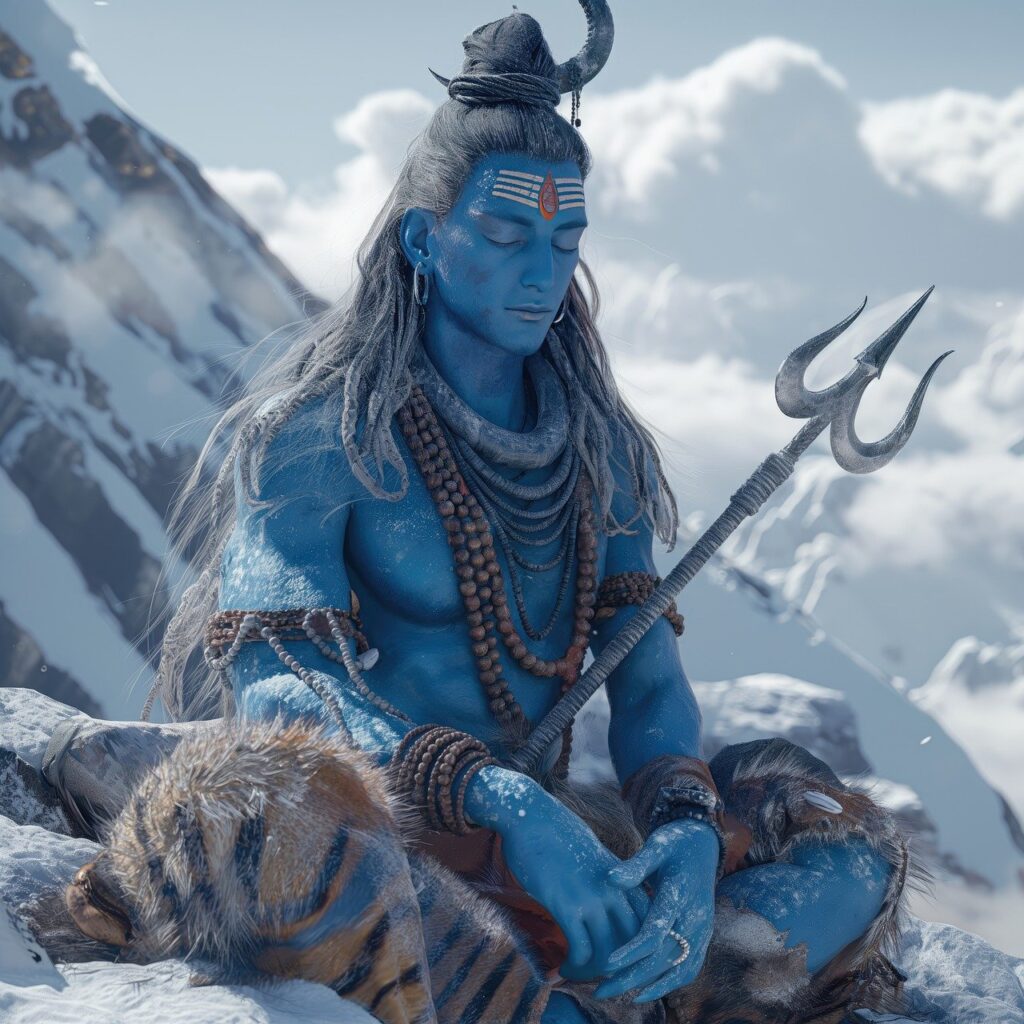
Another significant lesson given by the Shiv Puran is to live a life of balance. Lord Shiva represents the law of equilibrium, showing how there can be both creation and destruction. It teaches us that life consists of good and bad moments. The lesson helps individuals embrace the problems that they are faced with and to realize that falling is a part of rising. Thus, people become more resilient and wise. This lesson calls for an integrated life where a person must look for harmony in themselves and in the world.
The Shiv Mahapuran also emphasizes righteousness, or dharma. In Hinduism, Dharma is commonly discussed in texts like Mahabharata. But Shiv Mahapuran also has a detailed description of Dharma. According to it, the moral and ethical way of life is indispensable for both individual and social balance. It educates us about integrity, compassion, and justice. According to the scripture, one’s actions must be such that they give an impression of something higher and help bring a change in society for good.
Moreover, stories related to different avatars and legends of Lord Shiva indicate that selflessness and sacrifice are vital things. Stories that narrate kindness and compassion help a person be more selfless and work for others’ good in order to foster a sense of community and oneness among individuals.
Who wrote Shiv Mahapuran?
The authorship of the Shiv Puran is unknown but traditionally credited to the sage Vyasa, otherwise known as Vedavyasa. Vyasa plays an important role in Hindu literature as having made some of the most important works known to date, such as the Mahabharata and the Vedas. Having compiled as well as authored many scriptures, he stands etched in Hindu tradition.
Like many other Hindu texts, Shiv Mahapuran was also originally composed in Sanskrit and later translated into numerous regional languages. These translations helped them reach a broader audience. The Shiv Puran is thought to have been written over many centuries, with different scholars and devotees adding their insights and modifications along the way.
It is believed that different sections have been authored by different people. This text, however, is full of versastile topics. For example, the creation of the universe and the lineages of gods and sages.
What makes Shiv Puran different is its emphasis on moral integrity, selflessness, and balance in life. These teachings make it a rich source of knowledge for people on spiritual path.
In short, though sage Vyasa is credited as the primary author of Shiv Mahapuran, but in reality the collaborative process of its creation illustrates the evolving nature of Hindu thought and spirituality throughout history. The Shiv Puran remains a source of inspiration, guiding devotees in their spiritual endeavors and underscoring the importance of living in harmony with dharma.
FAQs
Who is Lord Shiva?
The most important god in Hinduism, Lord Shiva is considered one of the three forms of Trimurti as the Supreme Being, the creator being Brahma and the preserver, Vishnu. The word Mahadeva or “The Great God” typifies the dual character of a destrtive force as well as creating it. He sports two prime features-a crescent moon shining on his top, meaning something related to life and cycles which must be passed on from man to man-the third eye-a symbol that reflects thought beyond what usual eyes may capture.
Shiva is worshipped as one who was very devoted to meditation and asceticism and was often depicted as a yogi dwelling on Mount Kailash. He represents the potent and dynamic manifestations, like the Tandava dance of destruction, which depicts the cosmic cycle of creation and dissolution. Along with his divine consort, Parvati, and their children, Ganesha and Kartikeya, he symbolizes the ideals of familial love and balance.
What are 18 Mahapurans in Hinduism?
The 18 Mahapurans are significant because they hold the place of a very large and complex collection of ancient texts that examine different aspects of the religion, philosophy, cosmology, and ethics. The texts are categorized as Mahapurans, or “Great Puranas,” and are noted for their very long narratives which include creation, mythology, rituals, and legends of gods.
The 18 Mahapurans are:
- Brahma Purana: It mainly celebrates the deed of creation, and it introduces the legend about the creator, Lord Brahma.
- Vishnu Purana: It narrates the deeds of Lord Vishnu and underlines the principles of dharma, or righteousness, and devotion.
- Shiva Purana: Chronicles the tales and exploits of Lord Shiva in his various forms, and the importance of his worship is well established.
- Bhagavata Purana: Known for its worship of Lord Krishna, it narrates his life, teachings, and divine play (lila).
- Narada Purana: Dedicated to the sage Narada, it deals with many topics, such as devotion and the functions of saints.
- Markandeya Purana: Contains the famous Devi Mahatmya, which is a prayer to the goddess Durga and her divine power.
- Agni Purana: Focuses on fire rituals and provides instructions on other religious ceremonies and arts.
- Matsya Purana: Stories of the fish incarnation of Vishnu are presented, containing vital cosmological insights.
- Kurma Purana: Deals with Vishnu’s tortoise form and contains extensive accounts of how creation was created and other practices.
- Linga Purana: It worships Lord Shiva in Linga form, in which his power and importance can be found.
- Varaha Purana: Focuses upon Vishnu as boar that protected and saved the earth from being inundated.
- Skanda Purana: It revolves around Lord Muruga (Kartikey) and has beautiful mythological stories and rituals.
- Vamana Purana: It is an account of the dwarf avatar of Vishnu and his battle with the demon king Bali.
- Brahmanda Purana: It has details about the cosmology of the universe. It narrates cycles of creation and destruction.
- Brahmavaivarta Purana: It describes the life and legends of Radha and Krishna and has philosophical discussions on different topics.
- Garuda Purana: The legendary bird Garuda and his relationship with Vishnu can be found here, giving us information about the afterlife.
- Padma Purana: Rich in stories about creation and the importance of devotion to various deities.
- Samkhya Purana: This school is a foundational one in Hindu philosophy, and so it explores its philosophical teachings and doctrines.
Each Mahapurana weaves in its own thread into the tapestry of Hindu belief, guiding its followers along spiritual paths and in ethical endeavors.
When were the Purans written?
The Puranas, which include the 18 Mahapurans, were written over an extended period, with their roots going back several centuries before the Common Era. Scholars generally suggest that the earliest sections of these texts were composed between the 3rd century BCE and the 3rd century CE. However, these texts experienced numerous revisions and compilations over the years, with many reaching their present forms between the 4th and 15th centuries CE.
Of course, the dates of composition may vary between one Purana and another because so many were perhaps composed orally and not recorded; so specific dates are impossible, but in totality, it portrays a flourishing tradition which responds to the changeable cultural and religious climate of ancient India.
Also Read: Vallabhacharya Philosophy Explained

